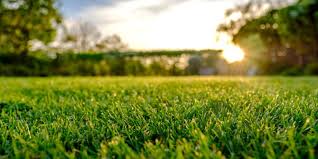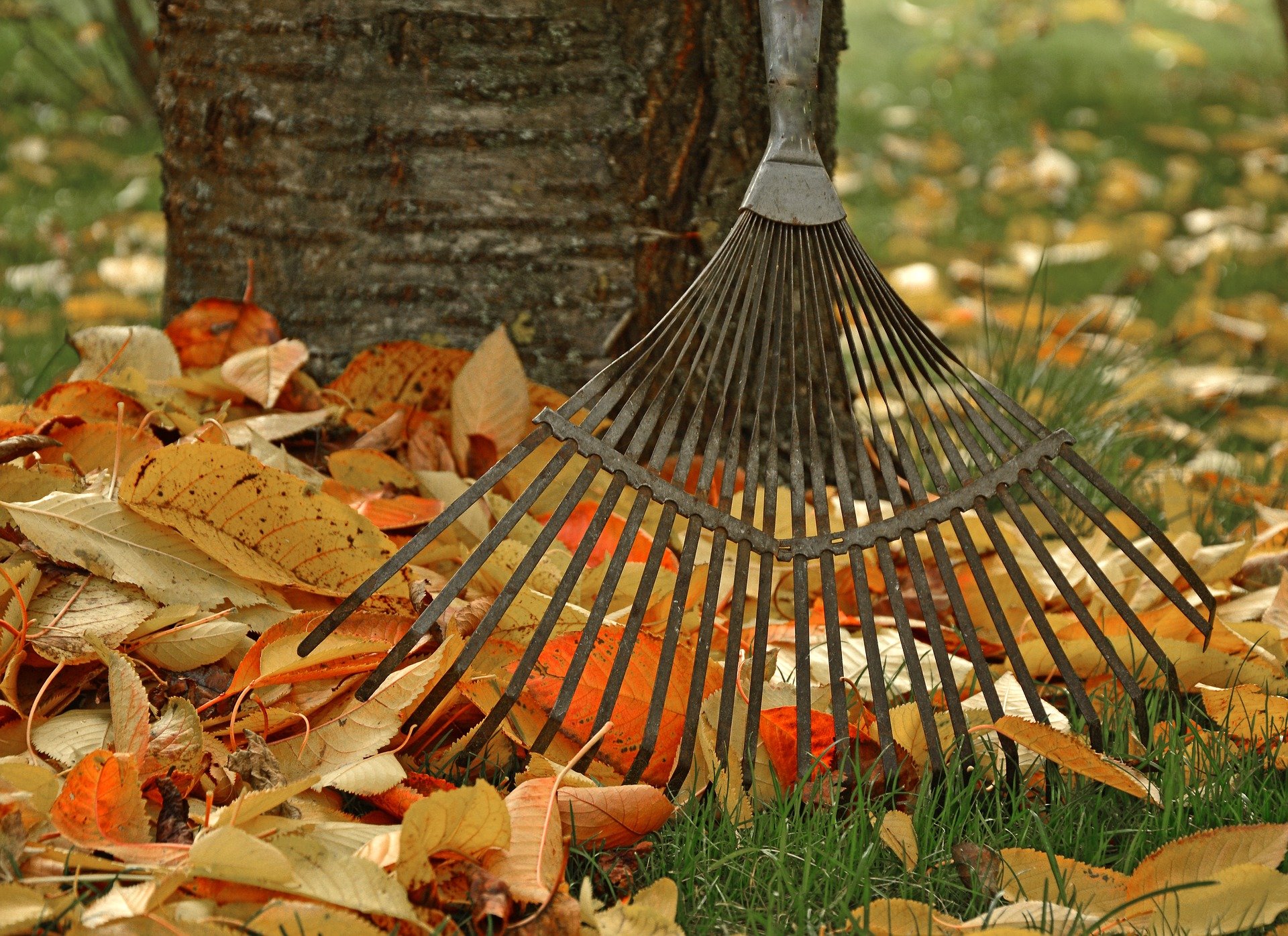By now most of your perennials are beginning to start to wind down or preparing for a period of winter dormancy. There are some things that you can do to help them come back next spring looking great. A little work during the final days of autumn will prepare for healthy perennial beds next spring. Be sure to wait until the days are consistently cool and growth has ceased.
Start winter prep with a thorough weeding of your perennial beds. There are many types of weeds that can over winter just as well as perennials can over winter. One small weed in the fall may turn into a large bed of weeds by spring. So weed carefully and completely.
If the fall has been dry, then a good soaking of the perennial bed may be in order. If the soil feels dry to the touch set the sprinkler and let it run until the soil is wet four to six inches deep. A quick burst of water from the hose is never enough. Water slowly and deep when you water. Remember the roots of the plants need the water not the foliage.
Many perennials can be cut back to ground level for the winter. If there is any sign of insect or disease damage after the foliage is removed burn the foliage or put it in the dump. Do not use it as mulch around other plants. Healthy perennials may be left standing as they offer some protection for the plants crown but be sure to cut them back before they began to bud out for the spring!
Newley planted perennials may benefit from being covered with a layer of mulch over the winter. The insulation provided by the mulch will allow the root system of the plant to develop over the winter.
Perennials that are known to be more sensitive to cold may need the extra protection provided by mulching. Locally in Central Virginia we experience wide variance in temperatures during our winter months. This can cause the soil to expand and contract which can at times result in the plant being pushed out of the ground.
The mulch provides insulation to keep the soil temperatures consistent through the winter months. Some good mulch choices are shredded leaves, shredded hardwood, bark chips, straw, and pine needles to name a few. Never use anything that has been treated with weed or grass control pesticides.
Just a little time and a few hours of labor can make a great deal of difference in the looks of your garden in the spring.



